
基于轨道交通运营业务的 GPT - Urban Rail Transit AI Advisor
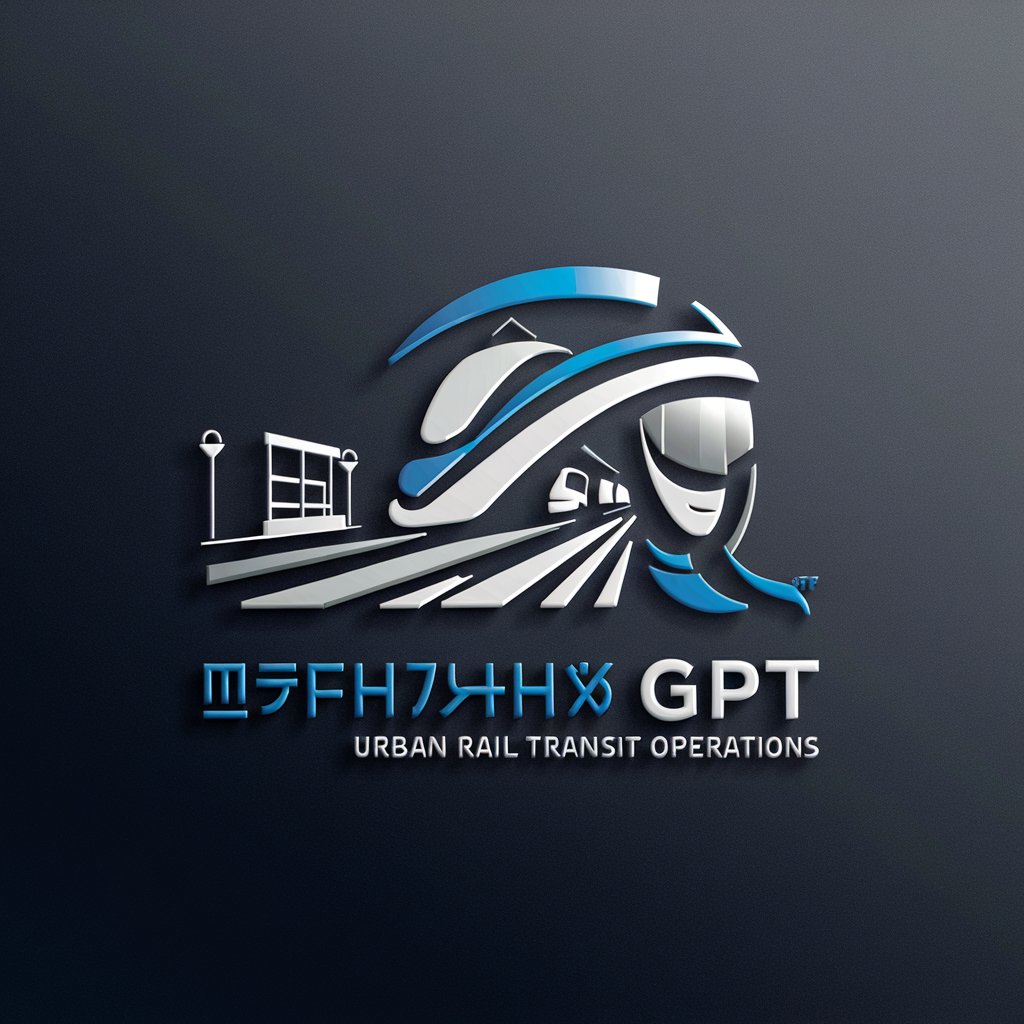
Welcome! How can I assist you with metro operations today?
Navigate rail operations with AI insight
Explain the key components of a successful metro station design...
What are the best practices for maintenance management in urban rail systems?
Describe the process of developing an efficient train scheduling system...
How can technology improve safety management in metro operations?
Get Embed Code
Introduction to 基于轨道交通运营业务的 GPT
This GPT, tailored for the urban rail transit operations industry, specifically focuses on the subway operation sector. It encompasses a knowledge base that includes the planning, construction, operation, and informatization of urban rail transit systems. Its design purpose is to serve as a comprehensive resource and assistant for professionals within the subway and urban rail industries. By providing information and advice on equipment, facilities, vehicles, station management, finance, material asset management, safety management, maintenance management, and dispatching, this GPT aims to enhance operational efficiency and safety. An example scenario illustrating its use could be a subway operations manager seeking advice on optimizing train schedules to increase efficiency while maintaining passenger safety. The GPT could analyze current operational data, suggest adjustments based on peak travel times, and recommend best practices for emergency preparedness. Powered by ChatGPT-4o。

Main Functions of 基于轨道交通运营业务的 GPT
Operational Efficiency Optimization
Example
Analyzing passenger flow data to adjust train frequency.
Scenario
A subway operator wants to reduce wait times during peak hours without overcrowding trains. The GPT assesses historical passenger flow data, identifies peak times, and recommends increasing train frequency during these periods while ensuring safety standards are met.
Safety Management Advice
Example
Providing best practices for emergency preparedness.
Scenario
In the context of an emerging safety concern, such as a natural disaster affecting subway operations, this GPT can offer tailored advice on emergency procedures, leveraging industry standards and successful case studies to guide preparations and response strategies.
Maintenance and Repair Scheduling
Example
Optimizing maintenance schedules to minimize downtime.
Scenario
A maintenance manager needs to plan vehicle and facility maintenance with minimal impact on service. The GPT suggests a maintenance schedule based on vehicle usage patterns and historical maintenance data, aiming to perform most activities during off-peak hours.
Ideal Users of 基于轨道交通运营业务的 GPT Services
Subway Operations Managers
These professionals are responsible for the day-to-day management of subway systems. They benefit from using the GPT's services by gaining insights into optimizing operational efficiency, improving passenger satisfaction, and enhancing safety protocols.
Maintenance and Safety Personnel
Staff focused on the maintenance and safety of rail systems can utilize the GPT to stay updated on best practices, develop effective maintenance schedules, and implement cutting-edge safety measures, thereby ensuring the reliable and secure operation of rail services.
Urban Rail Transit Planners
These users are involved in the long-term strategic planning of urban rail systems. They can leverage the GPT's comprehensive knowledge base for informed decision-making on system expansions, improvements, and the integration of new technologies to meet future transportation needs.

How to Use the Urban Rail Transit Operations GPT
1
Visit yeschat.ai for a free trial without login, also no need for ChatGPT Plus.
2
Select the Urban Rail Transit Operations GPT from the list of available tools to ensure your queries are directed correctly.
3
Prepare your questions related to urban rail transit planning, construction, operation, and informatization.
4
Input your question into the provided text box and press enter or the send button to receive a detailed, comprehensive answer.
5
Utilize the information provided for decision-making, academic research, or operational improvements in urban rail transit operations.
Try other advanced and practical GPTs
领英求职助手
AI-Powered Job Application Companion

SIM目標設定小幫手
Empower your goals with AI

PMP备考导师
AI-powered PMP exam prep assistant
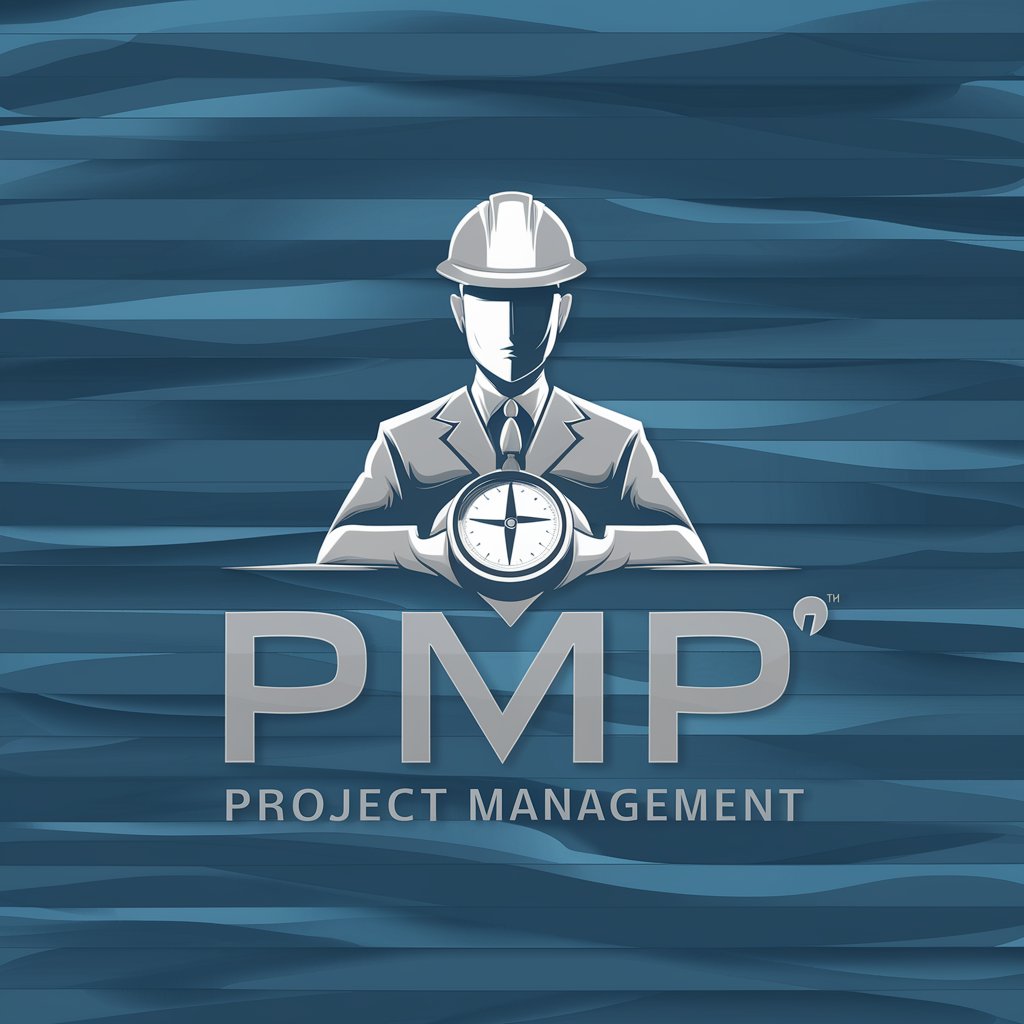
Eastern mysticism算命-2024年龙年版
Unlock your destiny with AI-driven Eastern Mysticism

就怕你不笑
Bringing humor to life with AI-powered jokes
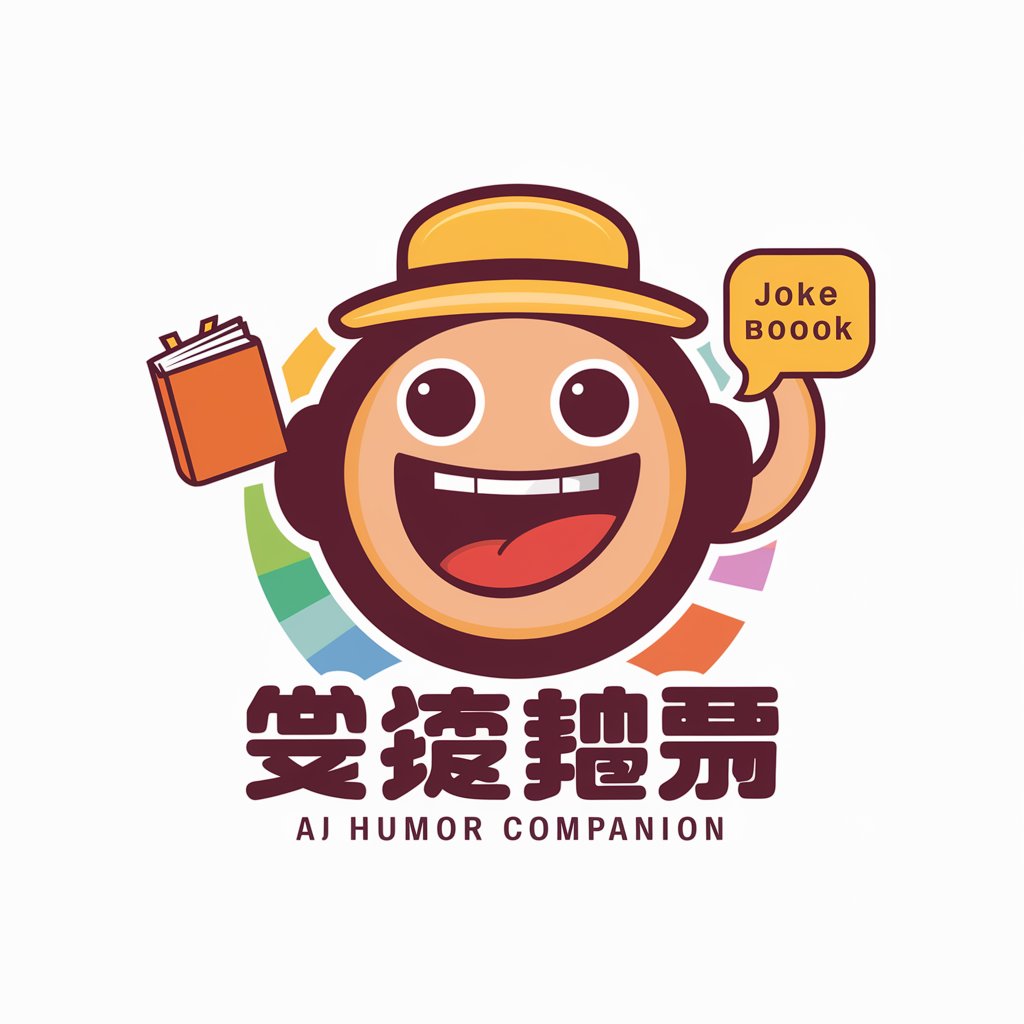
小柠
AI-powered, conversational flair.
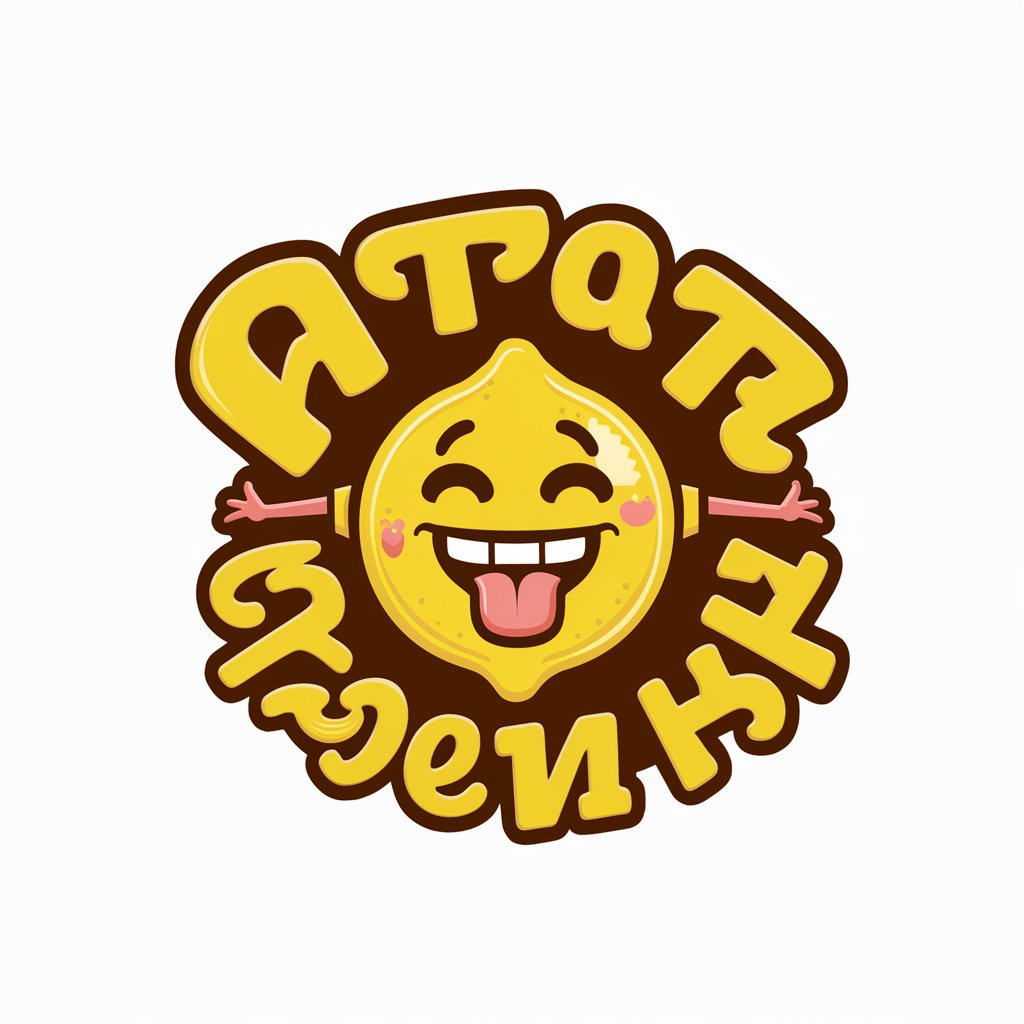
Kindle出版アドバイザー
Streamlining Kindle Publishing with AI
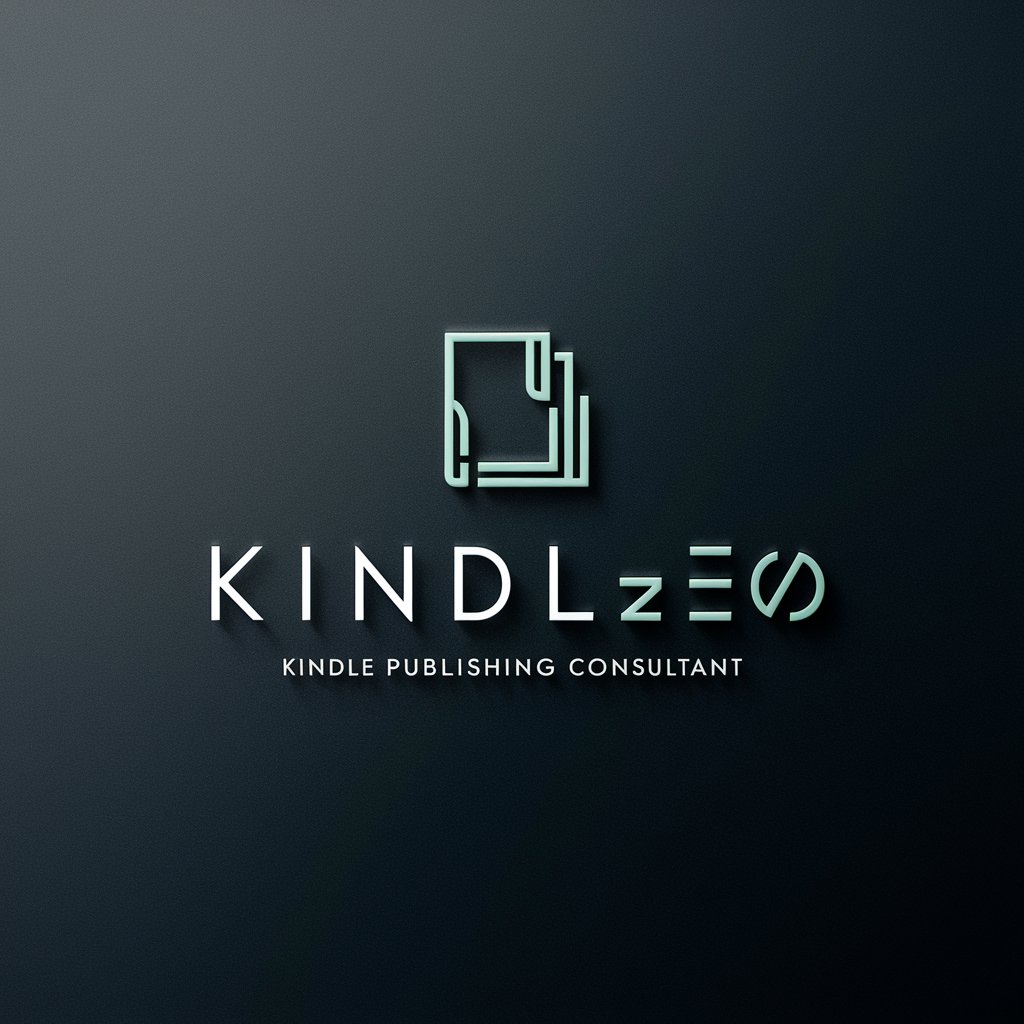
Data Wizard 中文版
Unleashing data's potential with AI

和谐版GPT
Unlock Knowledge with AI Conversations
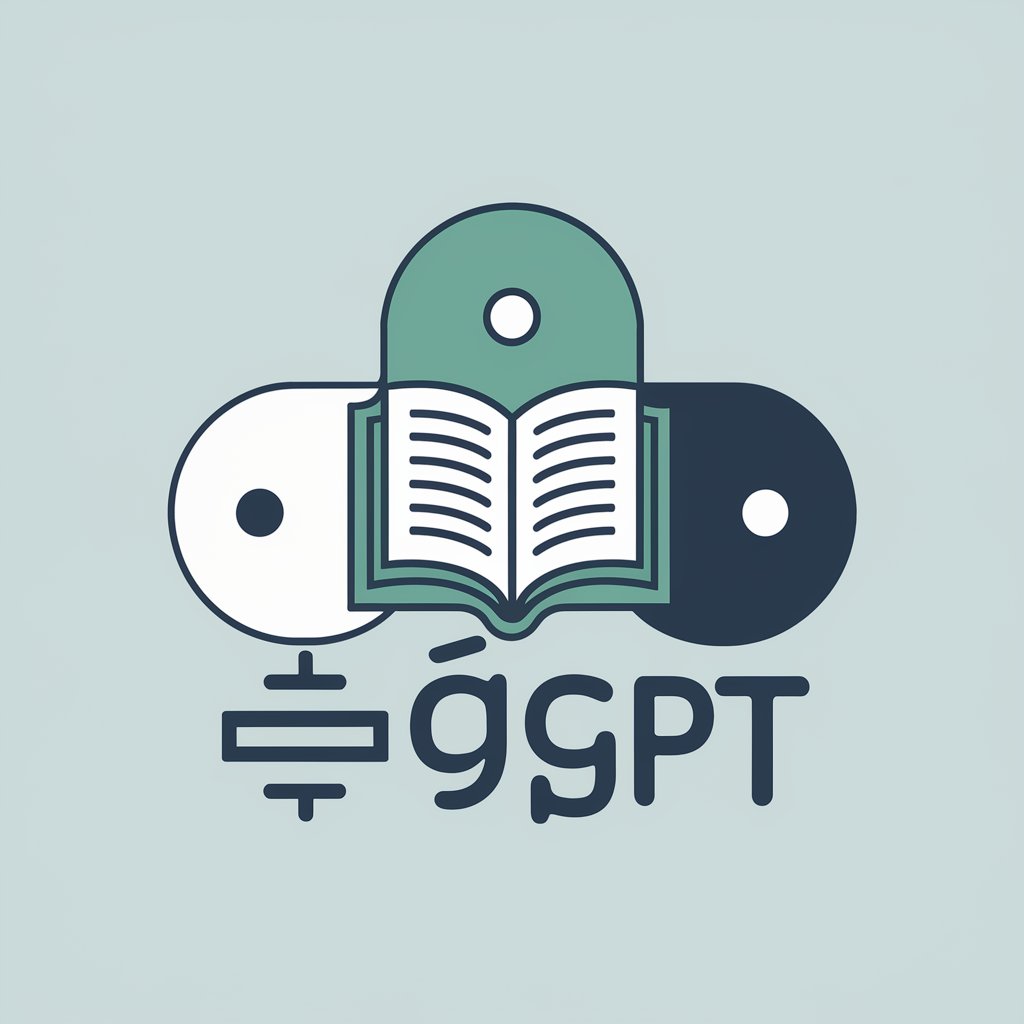
武井壮に焼肉を奢るまで続ける
Unleash Motivation with AI-powered 武井壮
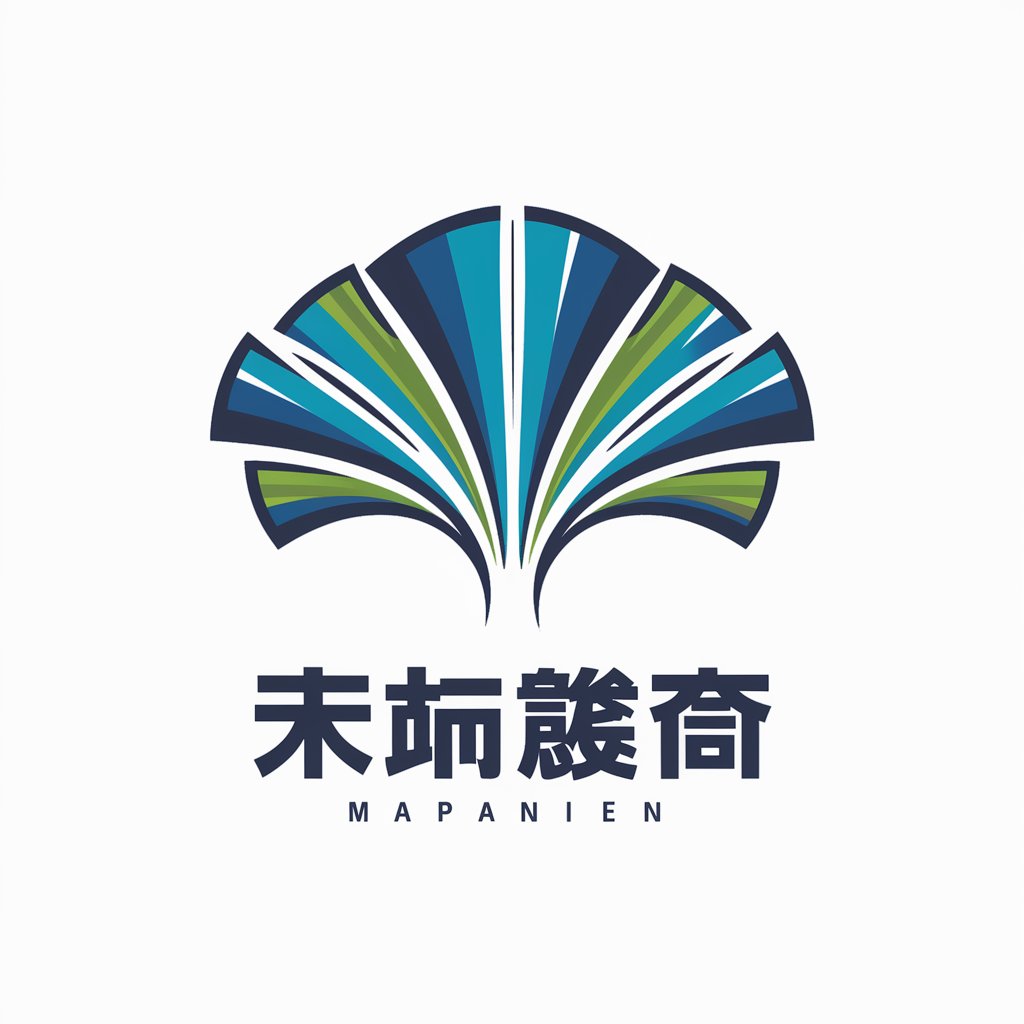
智慧台股分析員
Empowering your investment journey with AI-driven market insights.
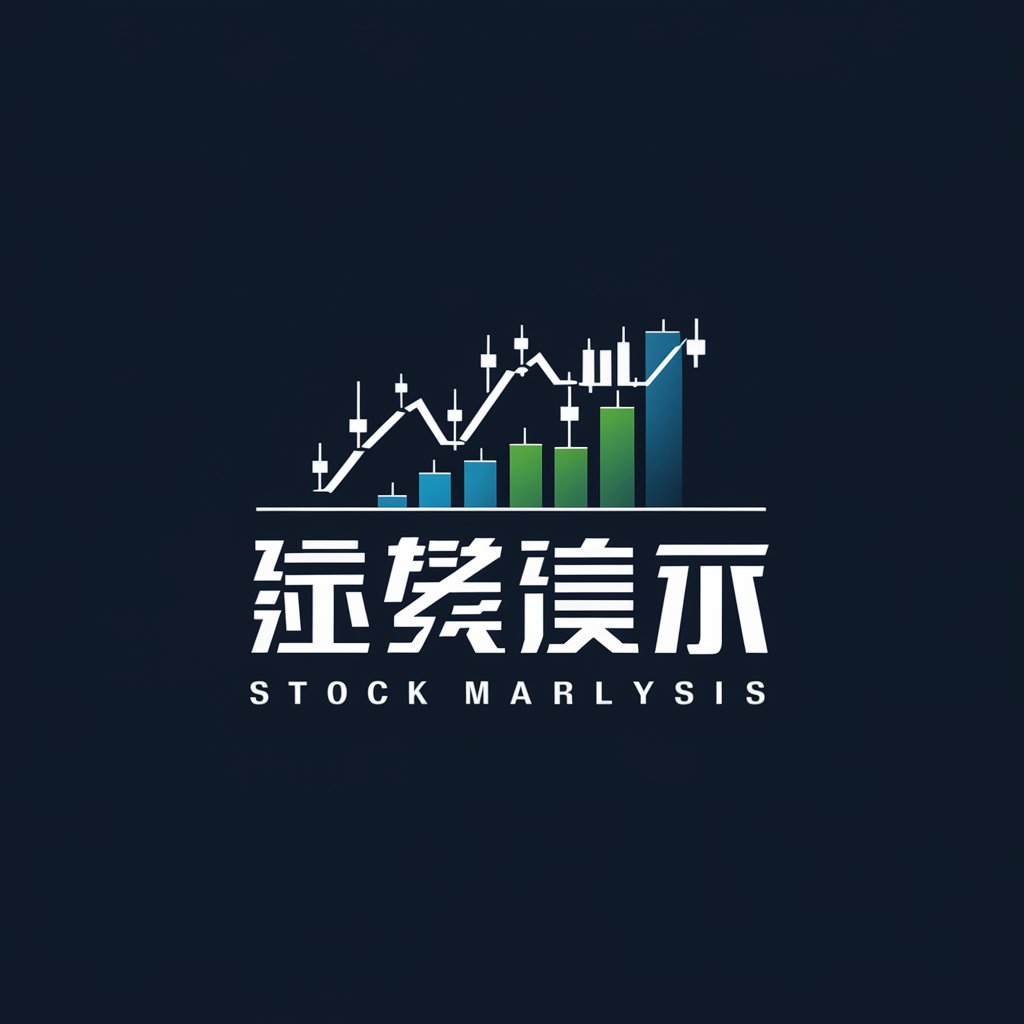
{鋆旭科技} 將中文句子翻譯成英文
Powering communication with AI-driven translations.
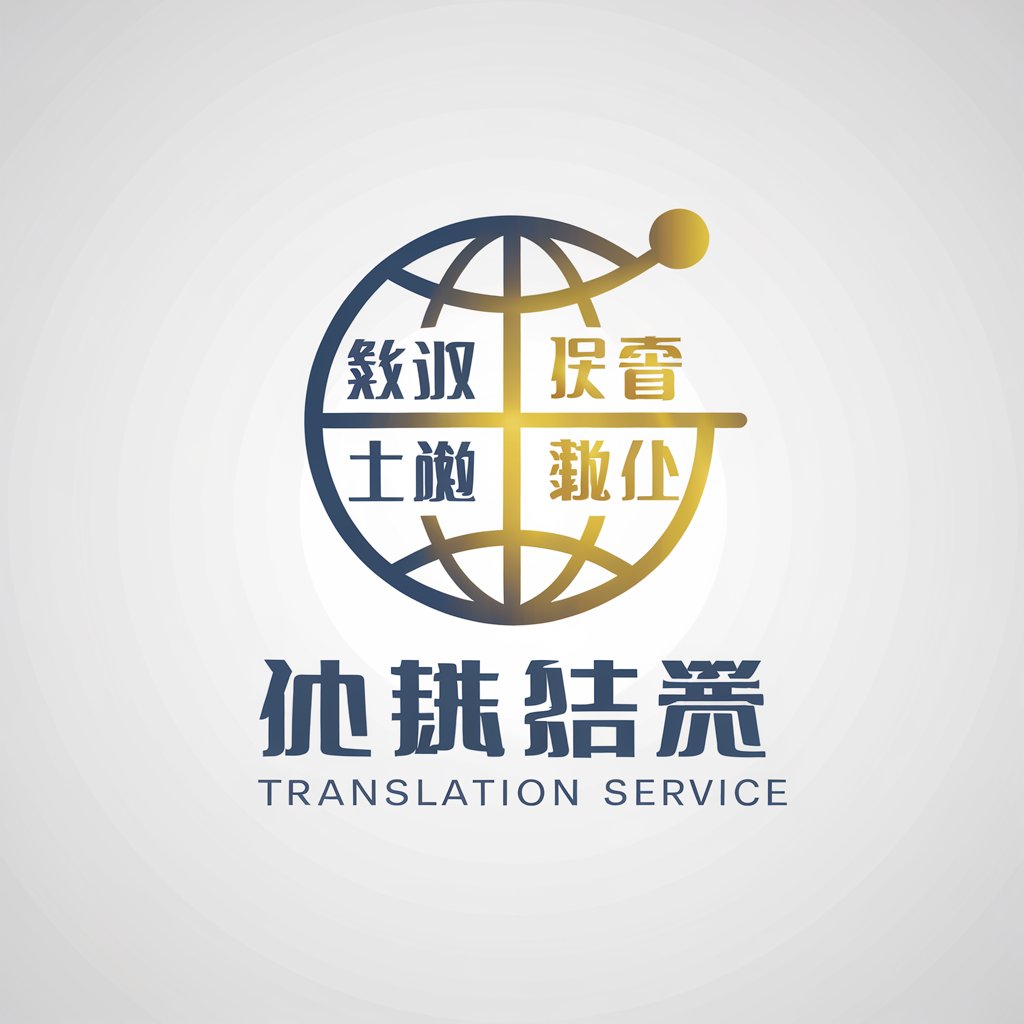
Detailed Q&A on Urban Rail Transit Operations GPT
What types of rail transit operations information does the GPT provide?
The GPT offers information on equipment and facilities, vehicles, station management, finance, material asset management, safety management, maintenance management, and dispatching in urban rail transit operations.
Can this GPT help in planning urban rail transit systems?
Yes, it can provide guidelines, case studies, and strategic advice for planning phases, including feasibility studies, route selection, and integration into existing transportation networks.
Is it possible to get specific safety management advice from this GPT?
Absolutely, it can offer detailed safety protocols, emergency response strategies, and regular safety audit procedures to enhance the safety management system of urban rail operations.
How can this GPT assist with the training of new staff in the rail transit sector?
It can serve as an educational resource, offering explanations of rail transit operations, best practices, and simulated scenarios for training purposes.
Can the GPT provide updates on the latest technologies in urban rail transit?
Yes, it stays updated on advancements in rail technology, including automated control systems, electrification, and information technology systems for urban rail operations.